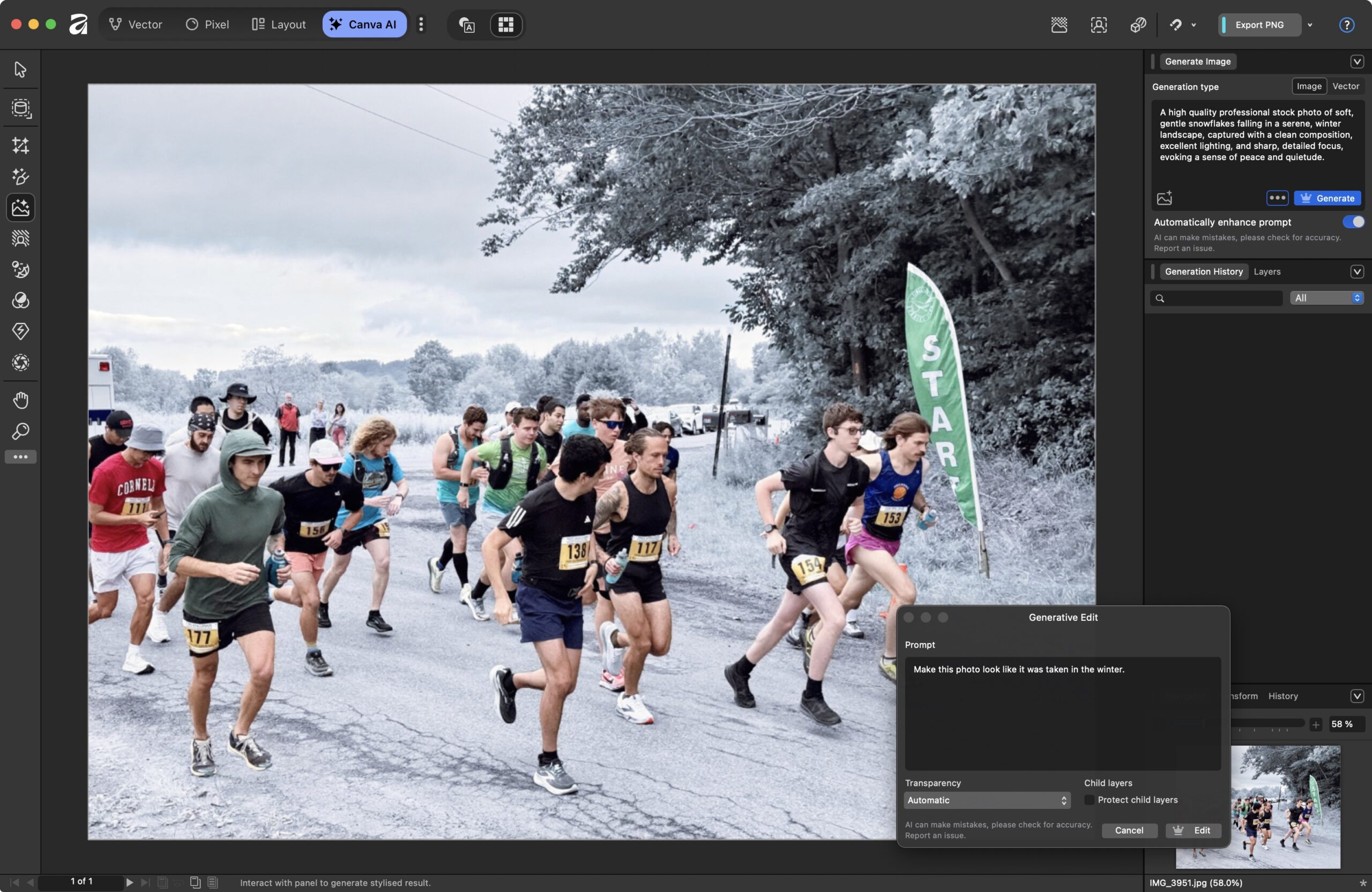“Rockstar has just carried out the most blatant and ruthless act of union busting in the history of the games industry. This flagrant contempt for the law and for the lives of the workers who bring in their billions is an insult to their fans…
Author: admin
-

Nanotyrannus is Distinct Dinosaur Lineage, New Research Shows
Paleontologists have examined an exceptionally well-preserved, near somatically mature tyrannosaur skeleton from the Hell Creek Formation of Montana. Their results show that the specimen shares features with the holotype specimen of…
Continue Reading
-
Google airs first AI-generated ad
Google has rolled out its first fully AI-generated advertisement using its Veo 3 platform and other AI tools. The ad, which begins airing on television today, shows a cartoon-style turkey using Google’s AI Mode to plan a vacation away from its…
Continue Reading
-

First Guaranty Bancshares swings to quarterly loss on exposure to auto parts bankruptcy
Oct 31 (Reuters) – First Guaranty Bancshares (FGBI.O) said on Friday it has swung to a third-quarter loss, as the lender booked an impairment charge and increased reserves for bad loans linked to an auto parts manufacturer bankruptcy.Several U.S. banks, including Fifth Third (FITB.O) and JPMorgan Chase (JPM.N), have recently been affected by the bankruptcies of auto parts maker First Brands and subprime lender Tricolor, raising market concerns.Sign up here.
While overall credit quality remains strong, isolated events have heightened investor concerns about risks in the U.S. banking sector, sparking a selloff earlier this month.First Guaranty said it has a $52 million credit exposure tied to commercial lease financing to entities related to an unnamed auto parts manufacturer that declared Chapter 11 bankruptcy during the third quarter.
“We are continuing to monitor our loan portfolio and are working to de-risk the bank,” CEO Michael Mineer said in an emailed statement to Reuters.
“We are monitoring all events related to our large recent issue and will continue to assess our reserve and are working in conjunction with our servicer of the lease.”
The lender did not respond to Reuters’ request for the name of the bankrupt auto parts maker.
Provision for credit losses vaulted to $47.9 million in the quarter from $4.9 million a year earlier.
First Guaranty’s shares fell another 1.2% on Friday, following a 17.5% plunge in the previous session to a seven-month low. On Thursday, the lender released its quarterly call report, a regulatory filing that provides details about the bank’s financial health.
The bank’s stock is down 42.3% year-to-date.
“We have taken proactive steps to reserve against the credit, given the current known facts. We anticipate further clarification of our position in the fourth quarter,” Mineer said in a statement.
“For the time being, we will retain the high level of reserve against these commercial lease credits.”
The bank swung to a net loss of $45 million, or $3.01 per share, in the three months ended September 30, versus a net profit of $1.9 million, or 11 cents per share, a year earlier.
It booked a $12.9 million goodwill impairment charge in the quarter, as its stock trades below book value and higher provisions.
Reporting by Arasu Kannagi Basil, Ateev Bhandari and Pritam Biswas in Bengaluru; Editing by Vijay Kishore and Alan Barona
Our Standards: The Thomson Reuters Trust Principles.
Continue Reading
-

Italy Seizes €1.3 Billion Campari Shares in Tax-Fraud Probe
Italian prosecutors ordered the seizure of around €1.3 billion ($1.5 billion) in shares from the holding company that controls the drinks maker Davide Campari-Milano NV, as part of an alleged tax-fraud probe, according to a statement late Friday.
The order from Monza’s prosecutor office, carried out by the finance police, targets alleged unpaid taxes on assets moved abroad.
Continue Reading
-

Rockstar Games accused of union busting in the UK
Rockstar Games, developer of Grand Theft Auto VI, has been accused of deliberately laying off employees who were trying to unionize, Bloomberg reports. The Independent Workers Union of Great Britain (IWGB) claims over 30 employees who were…
Continue Reading
-

Canva’s Affinity Combines Photo, Designer, and Publisher into One Free App
The market for high-end graphic design software just got weirder.
Several years ago, I wrote “Consider Switching from Creative Cloud to Affinity V2” (5 December 2022) to encourage those who were paying significant monthly…
Continue Reading
-

Wrexham 3-2 Coventry (Oct 31, 2025) Game Analysis
Kieffer Moore downed Coventry with a perfect second-half hat trick as Wrexham won 3-2 to inflict a first league defeat on the Championship leaders.
Coventry, the only unbeaten side in the EFL, were closing in on a club-record seventh straight…
Continue Reading
-

Tchéky Karyo, star of Nikita and The Missing, dies at 72
French actor Tchéky Karyo, who had a starring role in the film Nikita and the TV series The Missing, has died aged 72.
Karyo, who was born in Turkey but grew up in Paris, died of a cancer on Friday, AFP news agency reported.
Known largely for…
Continue Reading
-

Berlin Airport Briefly Closed in Latest Drone Disruption
Berlin’s main airport briefly suspended flights late Friday after drone sightings, the latest in a string of such incidents across Europe.
Multiple flights into Berlin Brandenburg Airport were diverted to other airports in Germany, starting at about 9 p.m. local time according to the airport’s website. A British Airways plane on approach into the airport was redirected to Dresden, while an EasyJet flight from Paris was sent to Hanover.
Continue Reading
